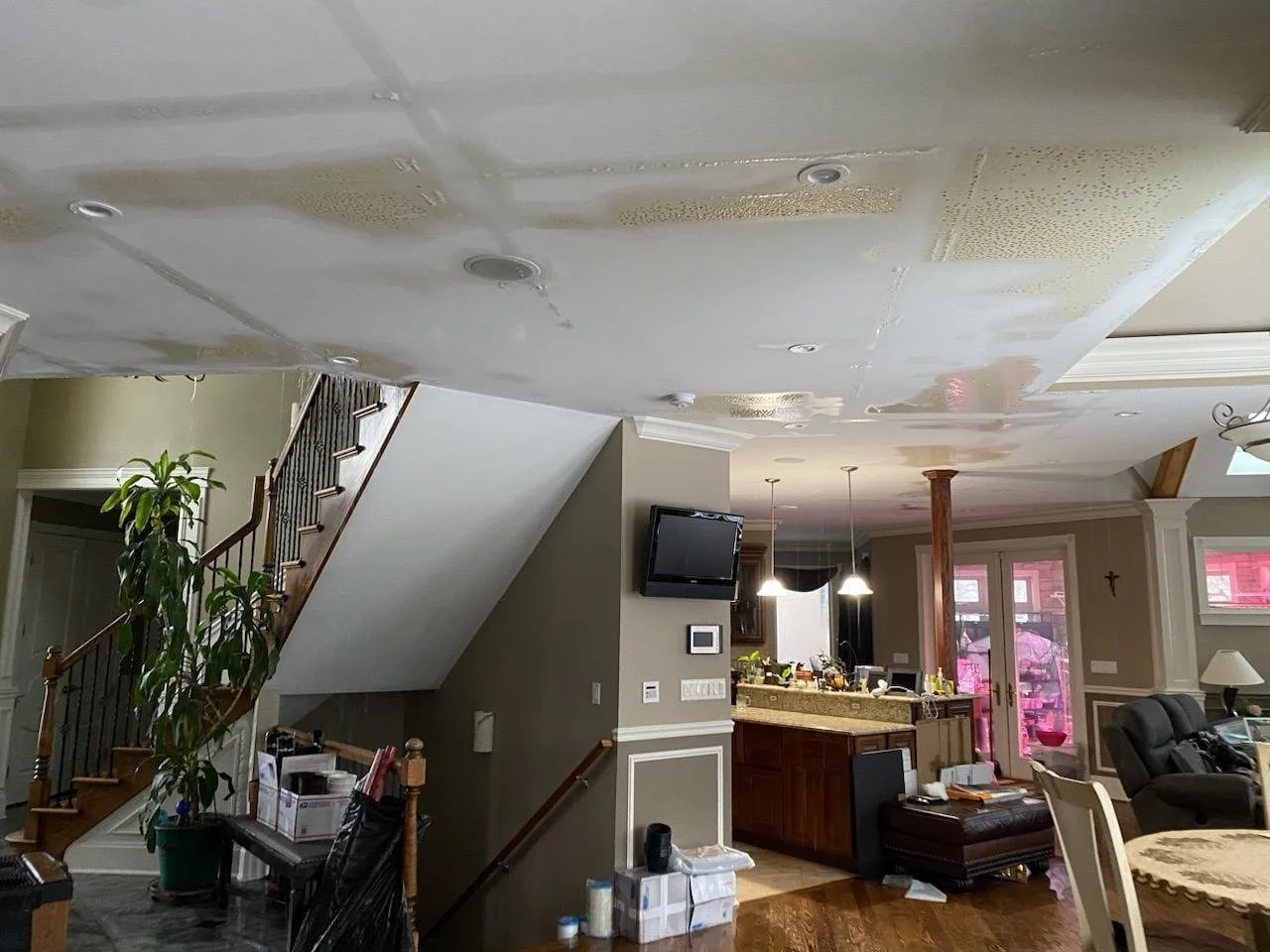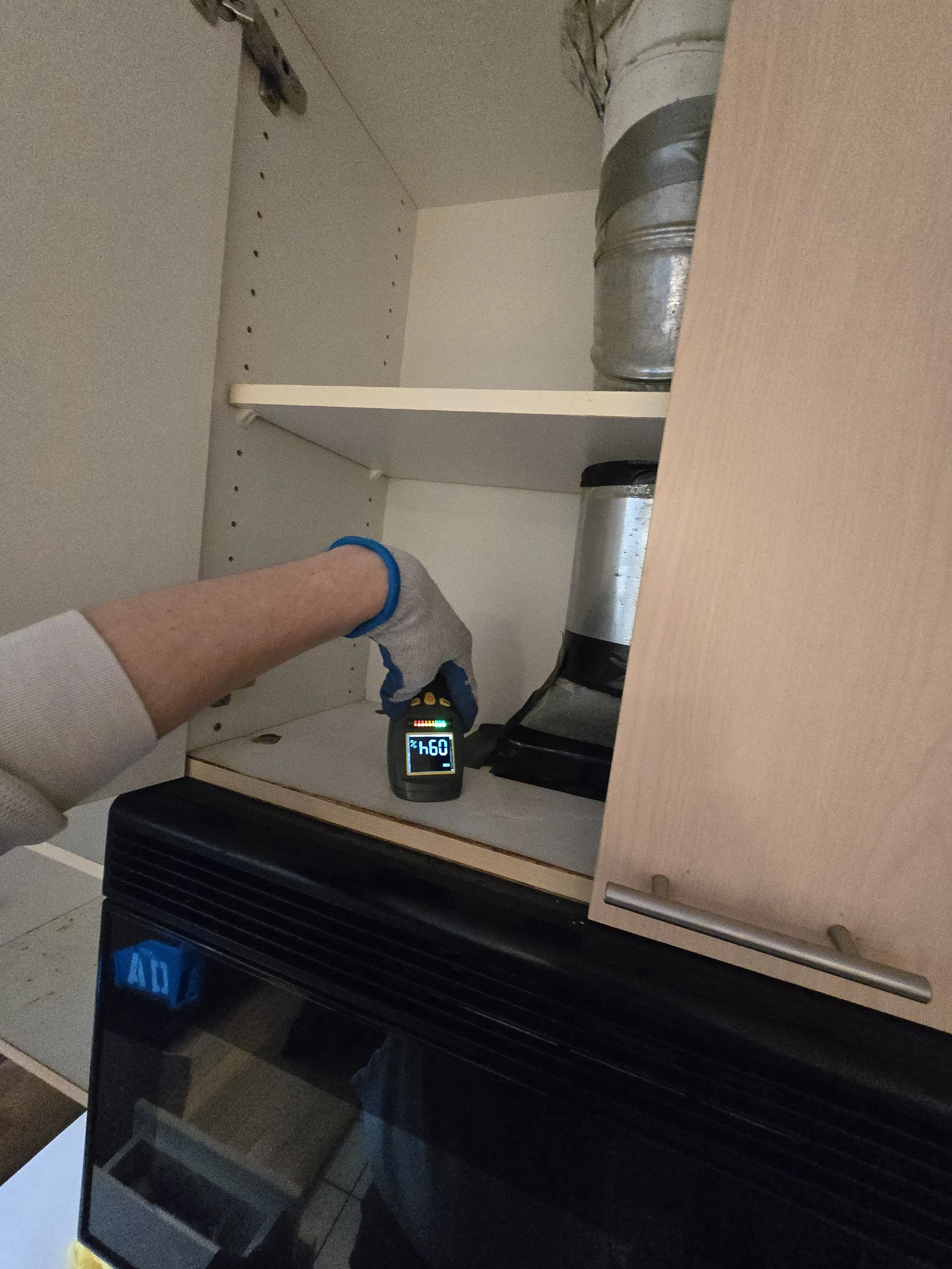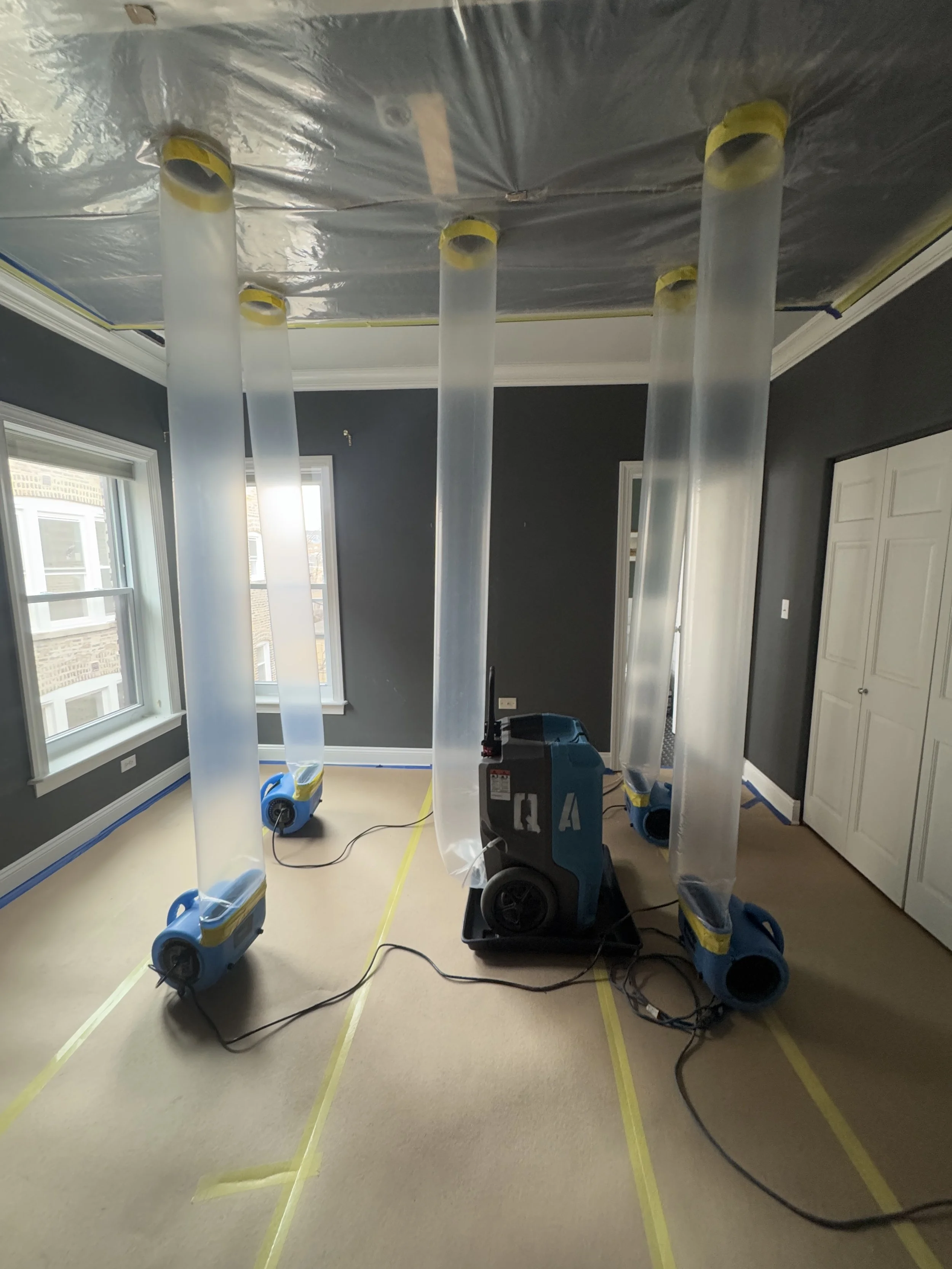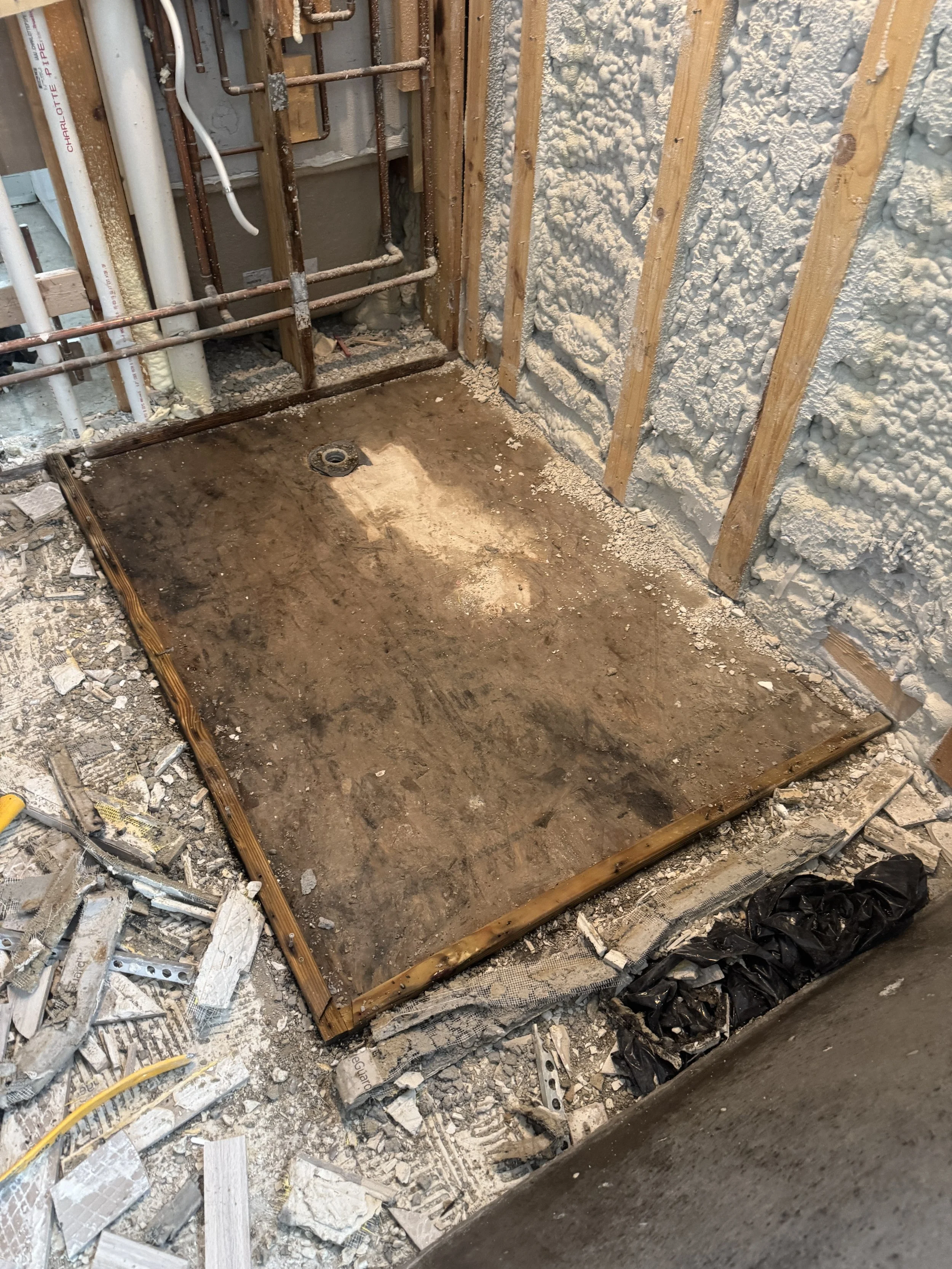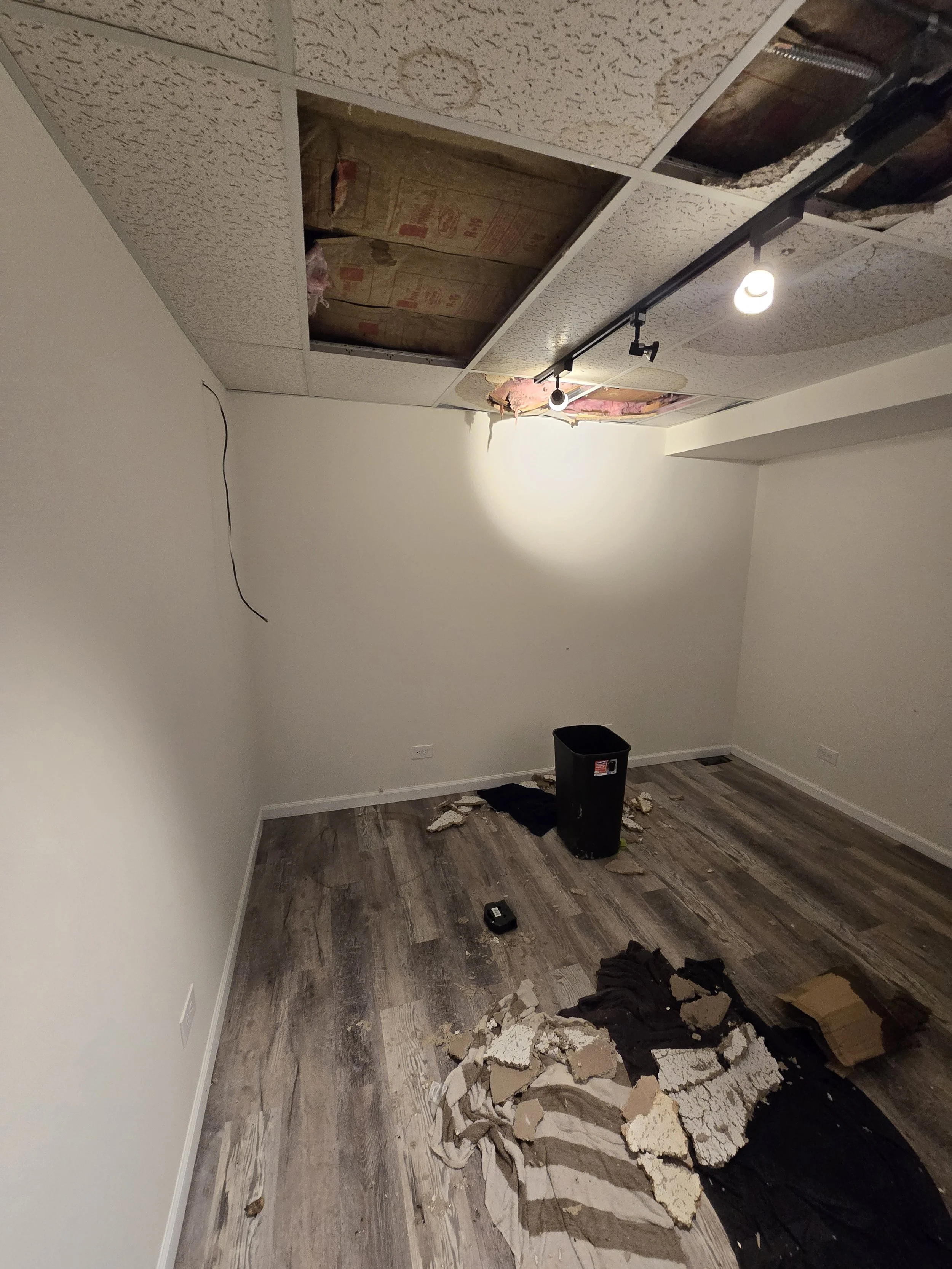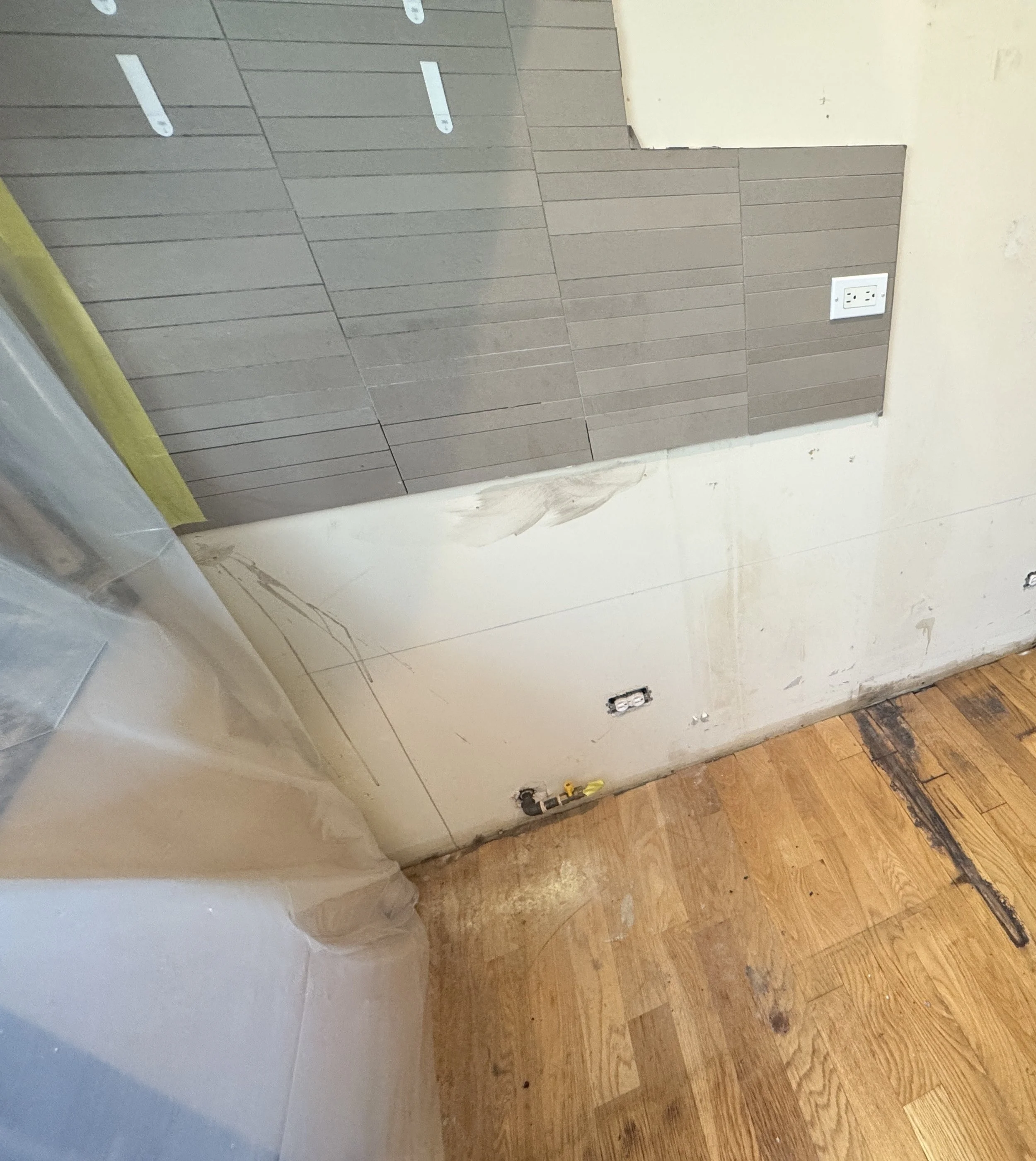From leaking faucets to burst pipes and flooding, water damage is one of the most common and potentially destructive problems you can face as a homeowner.
If not taken care of immediately, excess water in your home can promote electrical hazards, cause expensive damage to your home's structure and furnishings, and can even lead to the growth of hazardous mold.
Drying and Dehumidification
Drying - The process of removing moisture from materials
Dehumidification - The process of removing moisture from the air
Water removal services on their own are usually not enough to remove all the moisture from your home after a water damage event. Water can hide behind walls, under flooring or in your HVAC system and vents.
Contents and Personal Documents
Moisture and humidity can severely affect cherished items in your home such as photos, educational certificates, credentials, identification and passports as well as other legal papers.
While water damage can destroy the physical state of paper documents, the growth of mold, mildew and microbial elements can transform them into a health hazard.
Roof Leaks
*Ice Dam- When a layer of ice or snow builds up on your roof in sub-freezing temperatures, ice dams become a concern.
The radiant heat from your home melts some of the snow and ice, allowing the resulting liquid water to run down your roof to the gutters in a normal fashion.
However, once the water reaches the gutters away from the heat of the home, it can refreeze, build-up and block additional melt water.
*Wind Damage- During high winds and severe weather, your roof is susceptible to partial or entire removal.
*Aging Roof- When roofs are left in place beyond their useful life, leaks occur within the home and the number and severity of these leaks will increase over time.
*Hail Damage- Hail damage to roof shingles can be very obvious or very difficult to uncover. When this is discovered, the integrity of the shingle has been compromised,
and a water leak can develop over time. Even the smallest hail impact on a shingle can lead to a roof leak.
Leaking Pipes and Pipe Bursts
The winter months bring colder weather, and with it an increased chance of a common and costly problem-water pipe bursts.
When temperatures plummet, water expands as it turns into ice and can exert enough pressure to rupture a pipe wall or break apart a pipe joint.
Whether made of PVC, plastic, iron, lead or copper, pipes of any material can burst.
Sewage Backup
Experiencing a sewage backup or overflow is more than damaging to your home, it can be dangerous to your health.
Whether it's a sewer backup from a breakdown in neighborhood sewer system or water runoff from a storm, we respond with the right tools, the expert training and techniques to remove
the hazards and water from your home and repair the damages.
Basement Flooding
Basements are the lowest point in a home and tend to flood first during any kind of water emergency. When the unexpected happens.
Water intrusions can occur in basements from sources inside and outside the structure. Excessive rain or snow melt can over saturate the ground, resulting in hydrostatic pressure. Hydrostatic pressure occurs when moisture outside of the basement or foundational wall exceeds the pressure inside. Water will naturally seek the lower pressure, resulting in foundational leaks and even cracks.


